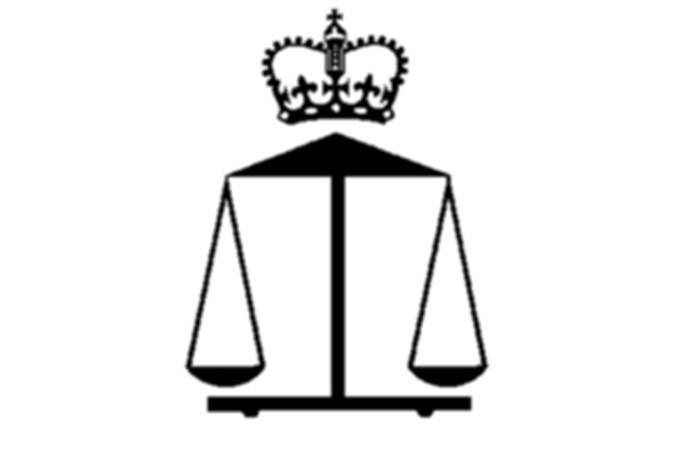Government Chemist

The European Commissions Joint Research Centre has published the third and final report in the series Towards a review of the EC Recommendation for a definition of the term nanomaterial. This report, Part 3 Scientific-technical evaluation of options to clarify the definition and to facilitate its implementation, has been long awaited and the Commission response, which may well form a final recommendation, is widely expected before the end of 2015.
The report discusses various options which could be taken into account in agreeing a final definition of a nanomaterial. In particular, the following topics are discussed in some detail:
- Origin of nanomaterials
- Size range to define a nanomaterial
- Fraction of number of particles threshold
- Definition of the term particle
- The use of volume-specific surface area as a technique for classifying a nanomaterial
- Specific inclusions and exclusions
These discussions do not reach a conclusion as to whether the current draft definition should be amended and, if so, how. They do, however, provide information for those who will make such a decision to weigh up the evidence before reaching a verdict.
One important, but small, section in the report covers good measurement practice, following requests to the Commission for a reference method to determine a nanomaterial, or a list of approved methods. This is of prime importance as the enforcement of any legal definition of a nanomaterial can only ultimately be successful if laboratories within the European Union are able to determine what is (and is not) a nanomaterial according to the criteria which will be published subsequently.
Although there have been significant advances in the development of techniques for identifying and quantifying materials at the nanoscale, these are not available to more than a small handful of expert laboratories. This illustrates the need for measurement practice to develop alongside regulation, not lag behind. This is particularly the case in areas such as nanotechnology where technical advances are happening rapidly and continuously.
